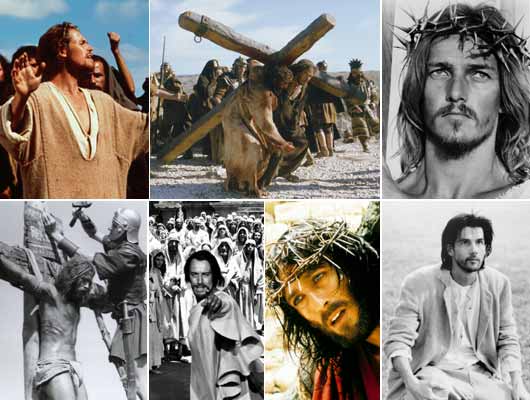Ο Χριστός στις Τέχνες

Giovanni Bellini was a Venetian painter who was the presiding genius of early Renaissance painting in Venice, and an artist of world rank. He was the son of Jacopo and (probably younger) brother of Gentile Bellini.
Born in Venice, Giovanni Bellini began as an assistant in his father's workshop and continued painting into his mid-80s, gaining steadily in achievement and recognition. His first phase as an artist was strongly influenced by his formidable brother-in-law, the Paduan painter Andrea Mantegna, from whom he took a sculpturesque figure style; a sense for the potential eloquence of contour line; and occasional compositional ideas, as in the early Agony in the Garden (1460s, National Gallery, London). These are, however, infused with Bellini's own subtle perception of color and light, an exceptional sensitivity to the natural landscape, and a human empathy far more direct and tender than Mantegna's.
Ο Χριστός στις Τέχνες
Το Πρόσωπο του Χριστού
Το Πρόσωπο του Χριστού

The Baptism of Christ (1502)
Santa Corona, Vicenza
Santa Corona, Vicenza
Giovanni Bellini
(1426-1516)
(1426-1516)
Giovanni Bellini was a Venetian painter who was the presiding genius of early Renaissance painting in Venice, and an artist of world rank. He was the son of Jacopo and (probably younger) brother of Gentile Bellini.
Born in Venice, Giovanni Bellini began as an assistant in his father's workshop and continued painting into his mid-80s, gaining steadily in achievement and recognition. His first phase as an artist was strongly influenced by his formidable brother-in-law, the Paduan painter Andrea Mantegna, from whom he took a sculpturesque figure style; a sense for the potential eloquence of contour line; and occasional compositional ideas, as in the early Agony in the Garden (1460s, National Gallery, London). These are, however, infused with Bellini's own subtle perception of color and light, an exceptional sensitivity to the natural landscape, and a human empathy far more direct and tender than Mantegna's.















Comment